
Demographic features of the United Arab Emirates (UAE) include population density, vital statistics, immigration and emigration data, ethnicity, education levels, religions practiced, and languages spoken within the UAE.
Politics of the United Arab Emirates take place in a framework of a federal presidential elective constitutional monarchy. The United Arab Emirates (UAE) is a federation of seven constituent monarchies: the Emirates of Abu Dhabi, Ajman, Dubai, Fujairah, Ras al-Khaimah, Sharjah, and Umm al-Quwain.

The United Arab Emirates is a high-income developing market economy. The UAE's economy is the 4th largest in the Middle East, with a gross domestic product (GDP) of US$415 billion in 2021-2023.
Transport in the United Arab Emirates refers to the various forms of transport in the United Arab Emirates (UAE) by road, rail, air, and water.
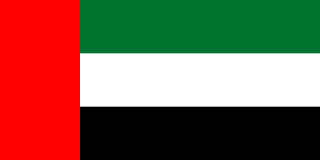
The United Arab Emirates (UAE), or simply the Emirates, is a country in West Asia, in the Middle East, at the eastern end of the Arabian Peninsula. It is a federal elective monarchy made up of seven emirates, with Abu Dhabi serving as its capital. It shares land borders with Oman to the east and northeast, and with Saudi Arabia to the southwest; as well as maritime borders in the Persian Gulf with Qatar and Iran, and with Oman in the Gulf of Oman. As of 2024, the UAE has an estimated population of over 10 million, of which 11% are Emiratis; Dubai is its most populous city and is an international hub. Islam is the official religion and Arabic is the official language, while English is the most spoken language and the language of business.

E 11 is a highway in the United Arab Emirates (UAE). The longest road in the Emirates, it stretches from the Al Batha border crossing at the Saudi Arabia–UAE border in al-Silah in the al-Dhafra region of the Emirate of Abu Dhabi and ends at the Oman–UAE border crossing of al-Darah in al-Jeer, Emirate of Ras al-Khaimah, running roughly parallel to UAE's coastline along the Persian Gulf. The road forms the main artery in some emirates' main cities, where it assumes various alternate names —Sheikh Maktoum Bin Rashid Road and Sheikh Khalifa bin Zayed Road in Abu Dhabi, Sheikh Zayed Road in Dubai, Al Ittihad Road in Sharjah Emirate and Ajman Emirate, and Sheikh Muhammad bin Salem Road in Ras al-Khaimah.

Hindus are the third largest Religious group in the United Arab Emirates and constitute around 6.6%-15% of the population in the nation. Hinduism is followed mainly by the significant Nepali and Indian population in the United Arab Emirates.
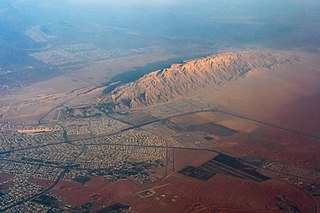
Jabal Hafeet is a mountain in the region of Tawam, on the border of the United Arab Emirates and Oman, which may be considered an outlier of the Hajar Mountains in Eastern Arabia. Due to its proximity to the main Hajar range, the mountain may be considered as being part of the Hajar range. To the north is the UAE city of Al Ain, in the Eastern Region of the Emirate of Abu Dhabi, and the adjacent Omani town of Al-Buraimi.

The Emirate of Abu Dhabi is one of seven emirates that constitute the United Arab Emirates. It is the largest emirate, accounting for 87% of the nation's total land area or 67,340 km2 (26,000 sq mi).
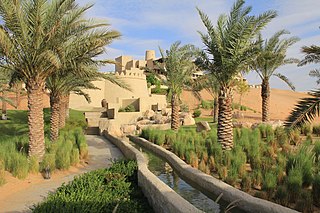
The Liwa Oasis is a large oasis area in the Western Region of the Emirate of Abu Dhabi, the United Arab Emirates.
The history of the Jews in the United Arab Emirates describes the historical and modern presence of Jews over the millennia in the Middle East and the recorded meetings with Jewish communities in areas that are today in the geographic territories of the United Arab Emirates.

Sharjah is the third-most populous city in the United Arab Emirates, after Dubai and Abu Dhabi. It is the capital of the Emirate of Sharjah and forms part of the Dubai-Sharjah-Ajman metropolitan area.
Provision of education in the UAE began shortly after the establishment of the federation with the inception of the first university, the United Arab Emirates University, located in Al Ain, Abu Dhabi. Since then, the country has progressed with efforts of ensuring high literacy rates, modern programs and women's share in education. It works on improving its youth's education which is why the agenda 2021 has been set. The UAE currently devotes approximately 16 percent of total federal government spending to education. In 2019, the overall literacy rate was 96%, and in the year 2022, the literacy rate increased to 98.29.
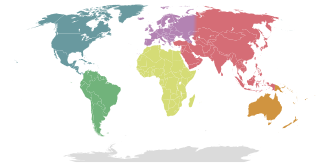
Christians in the United Arab Emirates account for 12.9% of the total population according to 2020 estimates.

Abu Dhabi is the capital city of the United Arab Emirates. The city is the seat of the Abu Dhabi Central Capital District, the capital city of the Emirate of Abu Dhabi, and the UAE's second-most populous city, after Dubai. The city is situated on a T-shaped island, extending into the Gulf from the central-western coast of the UAE.

Sir Abu Nuʽayr, also known as Sir Bu Nuʽayr, or Sir al Qawasim is an island in the Persian Gulf.
Expatriates in the United Arab Emirates represent about 88% of the population, while Emiratis constitute roughly 12% of the total population, making the UAE home to the world's highest percentage of expatriates after the Vatican City.
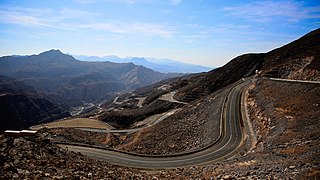
Tourism in the United Arab Emirates is an important part of the Emirati economy. In 2023, the tourism sector employed 809,300 people and contributed 220 billion dirham to the national gross domestic product (GDP), accounting for 12% of it. In 2024, the UAE was the 6th destination globally by international tourism receipts according to the World Tourism rankings, and it ranked 18th globally in the Travel and Tourism Development Index.














